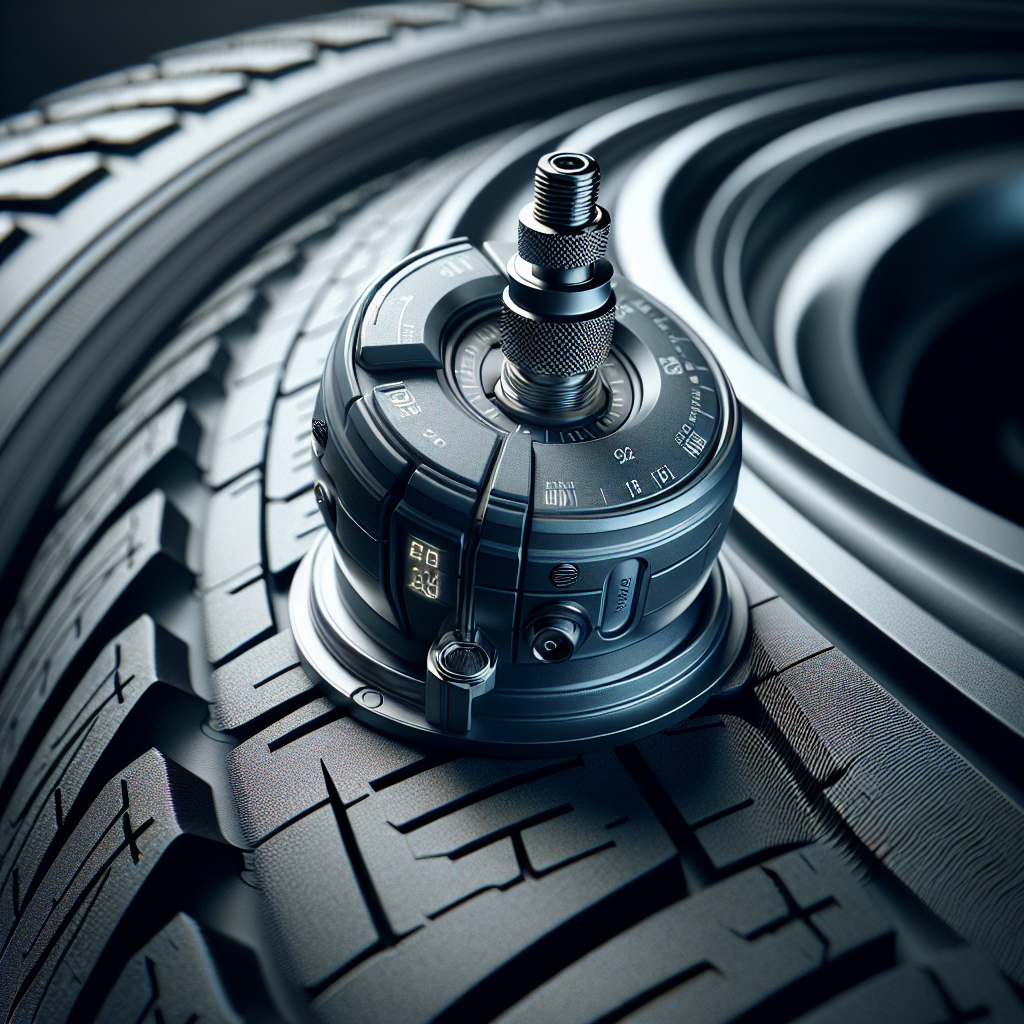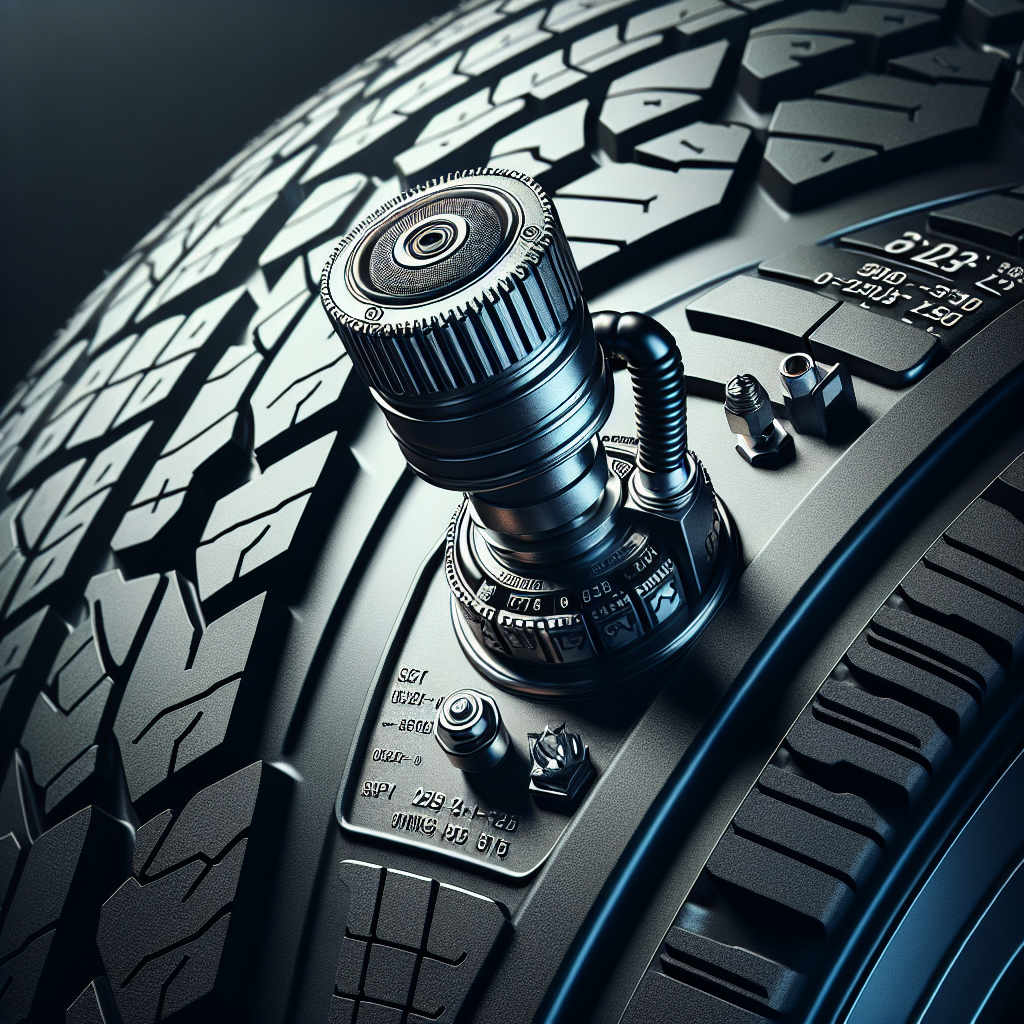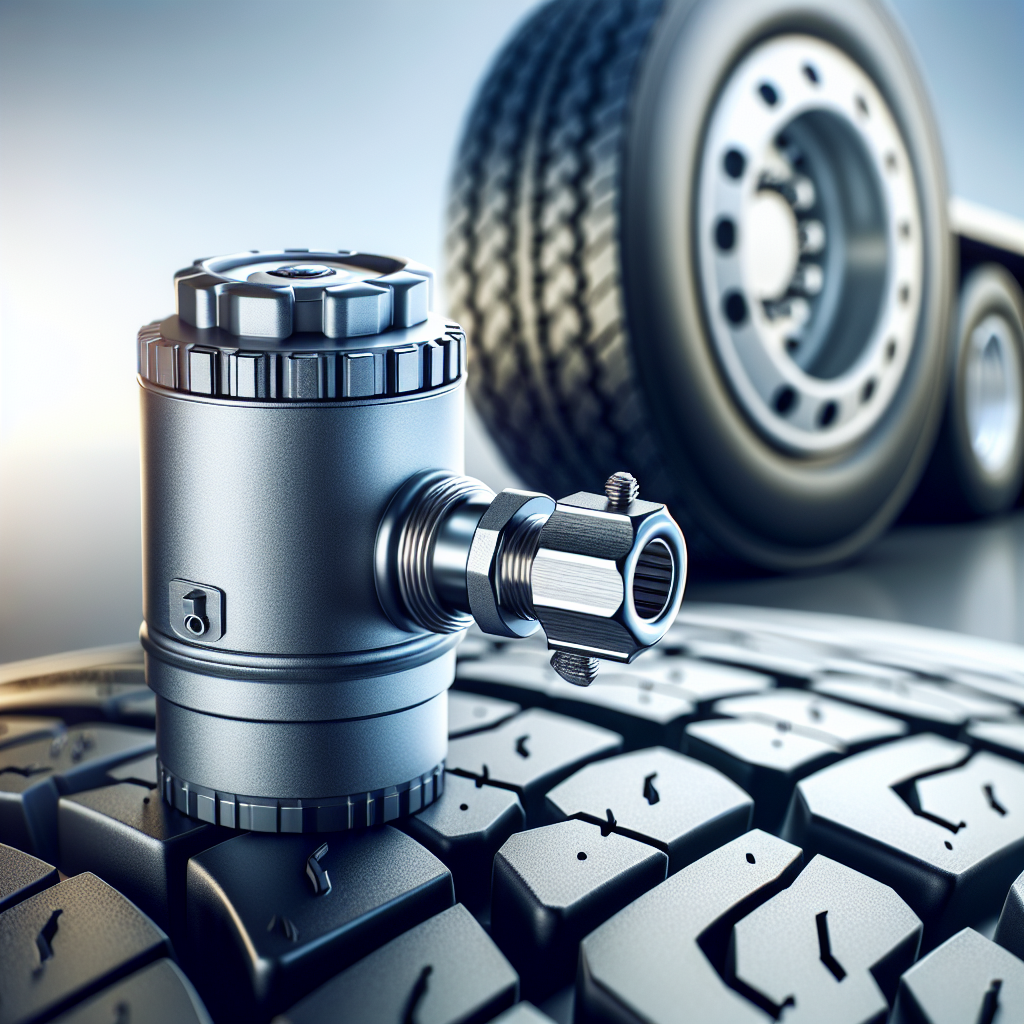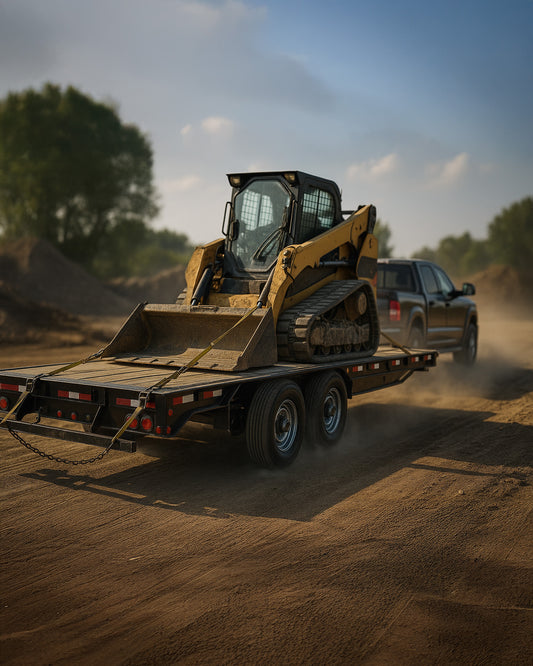In today's fast-paced world, ensuring the safety and efficiency of your trailer is paramount. One of the essential components in achieving this is the Tire Pressure Monitoring System (TPMS) sensor. This advanced technology serves to monitor the tire pressure continuously, providing real-time data that can significantly enhance your trailer's performance.
When installing a tire pressure monitoring system sensor on a wheel, the sensor should be mounted correctly to function effectively. Here are some crucial points to consider:
- Location: The sensor must be placed on the inner part of the tire, away from potential damage, yet easily accessible for maintenance.
- Alignment: Ensure the sensor is aligned with the valve stem, as this positioning allows for optimal air pressure readings.
- Secure Fitting: A loose sensor can lead to inaccurate readings and potentially hazardous situations, therefore it should be tightly secured.
By understanding how to properly install and utilize a TPMS sensor, trailer owners can prevent catastrophic failures caused by under-inflated tires. The sensor not only alerts you to low pressure but also monitors temperature, providing comprehensive data that keeps you informed.
Tow with peace of mind, knowing that trailerwatchdog is standing guard. With our innovative monitoring system, you can transform your trailer into a smart trailer, ensuring a safer journey every time.
Importance of Proper Sensor Mounting

Proper sensor mounting is a critical aspect of ensuring the effectiveness of a Tire Pressure Monitoring System (TPMS). The accuracy of tire pressure readings and the overall performance of the system depend significantly on how well the sensor is installed. Here are key reasons why proper sensor mounting is essential:
- Accurate Readings: A sensor that is mounted incorrectly can lead to inaccurate tire pressure measurements. This could result in driving on under-inflated or over-inflated tires, which can adversely affect vehicle safety and fuel efficiency.
- Longevity of the Sensor: Correct mounting minimizes the risk of damage to the sensor from road debris or excessive vibrations. A securely mounted sensor is less likely to become dislodged or damaged over time, ensuring its longevity and reliability.
- Enhanced Safety: Properly mounted sensors can quickly alert drivers to any changes in tire pressure, allowing for timely intervention. This proactive approach helps prevent blowouts or accidents caused by tire failure.
- Optimal Performance: The overall performance of the trailer is directly linked to tire condition. Proper sensor installation enables continuous monitoring, allowing for adjustments that can enhance fuel efficiency and extend tire life.
In summary, taking the time to ensure proper sensor mounting can lead to significant benefits in terms of safety, performance, and cost savings in the long run. A well-installed TPMS sensor is an invaluable tool for any trailer owner, contributing to a smoother and safer towing experience.
Steps for Installing TPMS Sensors Correctly
Installing Tire Pressure Monitoring System (TPMS) sensors correctly is essential for ensuring that your trailer operates safely and efficiently. Follow these detailed steps to install TPMS sensors properly:
- Gather Necessary Tools: Before beginning the installation, ensure you have all the required tools such as a tire pressure gauge, a valve core tool, and the TPMS sensors themselves.
- Prepare the Tires: Start by removing the tires from the trailer. This will allow you better access to the valve stems where the sensors will be mounted. Make sure to check the tire condition and inflate them to the recommended pressure.
- Remove Existing Valve Stems: Using the valve core tool, carefully remove the existing valve stems from the tires. Be cautious to avoid damaging the valve seat, as this can lead to air leaks.
- Install the TPMS Sensors: When installing a tire pressure monitoring system sensor on a wheel, the sensor should be mounted directly to the valve stem. Ensure that the sensor is aligned properly and securely fastened to avoid any movement during operation.
- Reinstall the Valve Stems: After securing the sensors, reinsert the valve stems. Tighten them according to the manufacturer’s specifications to ensure a sealed connection.
- Calibrate the System: Once all sensors are installed, calibrate the TPMS according to the manufacturer’s instructions. This step is crucial for ensuring accurate readings and optimal performance.
- Test the System: Finally, check the functionality of the system by monitoring the readings from the TPMS display. Ensure all sensors are communicating correctly and displaying the appropriate tire pressures.
Following these steps carefully will help you achieve a successful installation of your TPMS sensors, providing peace of mind and enhanced safety while towing.
Common Mistakes to Avoid During Installation

Installing Tire Pressure Monitoring System (TPMS) sensors can be straightforward, but there are common mistakes that can lead to improper function or even damage. Here are several pitfalls to avoid during installation:
- Neglecting to Read Instructions: One of the biggest mistakes is skipping the manufacturer’s instructions. Each TPMS may have specific installation guidelines that are crucial for proper setup.
- Improper Sensor Mounting: When installing a tire pressure monitoring system sensor on a wheel, the sensor should be mounted securely. Failing to attach it correctly can result in inaccurate readings or sensor loss during driving.
- Over-tightening or Under-tightening: It's essential to tighten the valve stems to the recommended torque. Over-tightening can damage the valve, while under-tightening may cause air leaks.
- Ignoring Tire Condition: Installing sensors on worn or damaged tires can lead to further complications. Always inspect the tires for any signs of wear or damage before installation.
- Forgetting to Calibrate: Skipping the calibration process will lead to inaccurate tire pressure readings, which defeats the purpose of having a TPMS. Always ensure the system is calibrated post-installation.
- Failing to Test the System: After installation, it's critical to test the TPMS functionality. Many users forget this step, which can result in undetected sensor issues that may compromise safety.
Avoiding these common mistakes will enhance the reliability of your TPMS and ensure that your trailer remains safe and efficient on the road.
Maintaining Your Tire Pressure Monitoring System

To ensure the longevity and effectiveness of your Tire Pressure Monitoring System (TPMS), regular maintenance is essential. Proper upkeep not only maximizes the performance of the system but also enhances the safety of your trailer. Here are some key maintenance practices to consider:
- Regularly Check Tire Pressure: Make it a habit to monitor your tire pressure at least once a month. This proactive approach helps you catch any discrepancies that may indicate sensor issues or tire problems.
- Inspect Sensors Periodically: Physical inspections of the TPMS sensors should be conducted during routine tire rotations or replacements. Look for signs of wear, damage, or corrosion that could affect sensor functionality.
- Update Software: Some TPMS systems come with software that may require updates. Check with the manufacturer for any available updates that can improve performance or fix bugs.
- Replace Batteries If Needed: If your TPMS sensors are battery-operated, make sure to replace the batteries as recommended by the manufacturer. A dead battery can render the sensor useless.
- Calibrate After Tire Changes: Whenever you change tires or make significant adjustments to your trailer, recalibrate your TPMS. This ensures that the system remains accurate and reliable.
- Educate Yourself on Warning Indicators: Familiarize yourself with the warning signals from your TPMS. Understanding what each alert means can help you respond promptly to potential issues.
By adhering to these maintenance tips, you can ensure that your TPMS continues to provide accurate data, helping you prevent tire blowouts and enhancing your overall safety on the road.
How TrailerWatchdog Enhances Trailer Safety

In the world of trailer safety, TrailerWatchdog stands out as a leading solution designed to enhance the safety and longevity of your trailer. Our unique monitoring system transforms any standard trailer into a smart trailer by providing real-time data on axle temperature and tire health. Here’s how TrailerWatchdog significantly improves trailer safety:
- Real-Time Monitoring: With our advanced sensors, you receive instant alerts regarding tire pressure changes and axle temperatures. This feature helps you identify potential issues before they escalate into catastrophic failures.
- Preventive Maintenance Alerts: The system is designed to notify you of abnormal readings, enabling timely interventions. Regular alerts can assist in scheduling maintenance checks, ultimately prolonging the life of your tires and axles.
- Data Logging: TrailerWatchdog allows you to track historical data of your trailer’s performance. Analyzing this data can help identify patterns that may indicate underlying problems, allowing for proactive measures.
- Increased Peace of Mind: Knowing that your trailer is equipped with a state-of-the-art monitoring system allows you to travel with confidence. Whether you’re on a long haul or a short trip, you can rest easy knowing that potential issues are being monitored.
In summary, with TrailerWatchdog, you are not just investing in a monitoring system, but also in your safety and the safety of others on the road. Tow with peace of mind, knowing that TrailerWatchdog is standing guard. Explore our solutions today!








